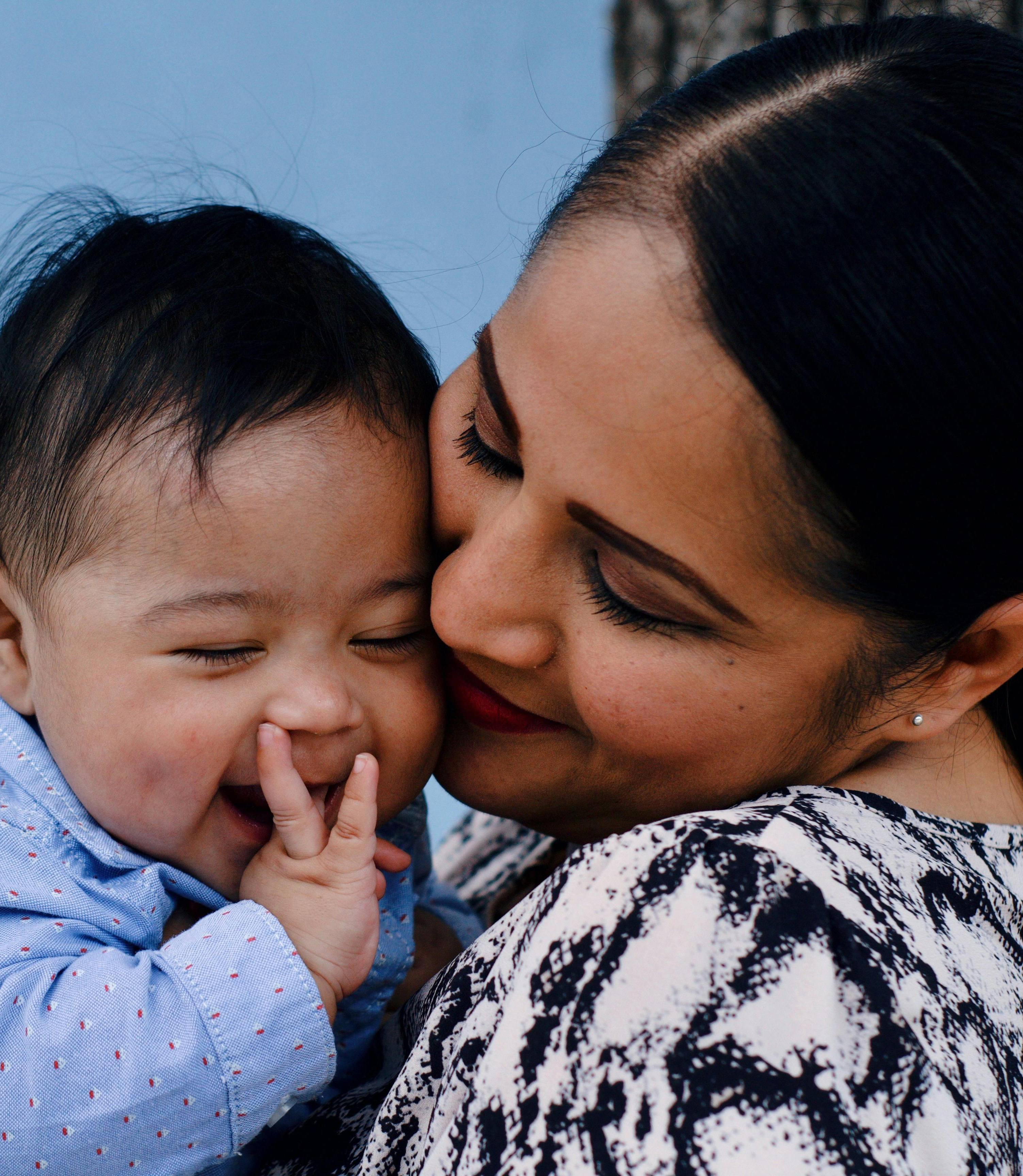
Nicholson vs. Scoppetta established a pivotal legal framework for assessing allegations of child abuse and neglect stemming from exposure to domestic violence, with a particular emphasis on preventing children from being separated from a parent who has endured or survived domestic violence.
20 Years after the landmark Nicholson case, children continue to be removed based on a victim parent’s inability to prevent a child from witnessing their own abuse, even when the trial court’s decision and subsequent evidence have found that the very act of separating a child from their parent produces more harm.
For Child Abuse Prevention month, the National Center to Advance Peace for Children, Youth, Families, in partnership with the ABA Center on Children and the Law, and Futures Without Violence, releases Nicholson’s Four Factors for Judicial Consideration in Cases Involving Domestic Violence and Children.
This brief introduces the Nicholson Four-Point rubric for child welfare cases involving domestic violence, providing a thorough review by survivors with firsthand child welfare system experience, and presents a model legal analysis for using the rubric. It summarizes the original case decision and refines the four-factor analysis through the lens of survivor parents to improve understanding and application in systems practice and court decision-making.




Para solicitar esta información en español, por favor envíenos un correo electrónico a